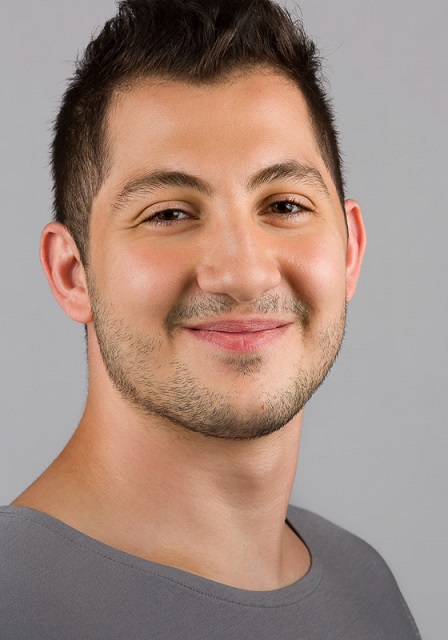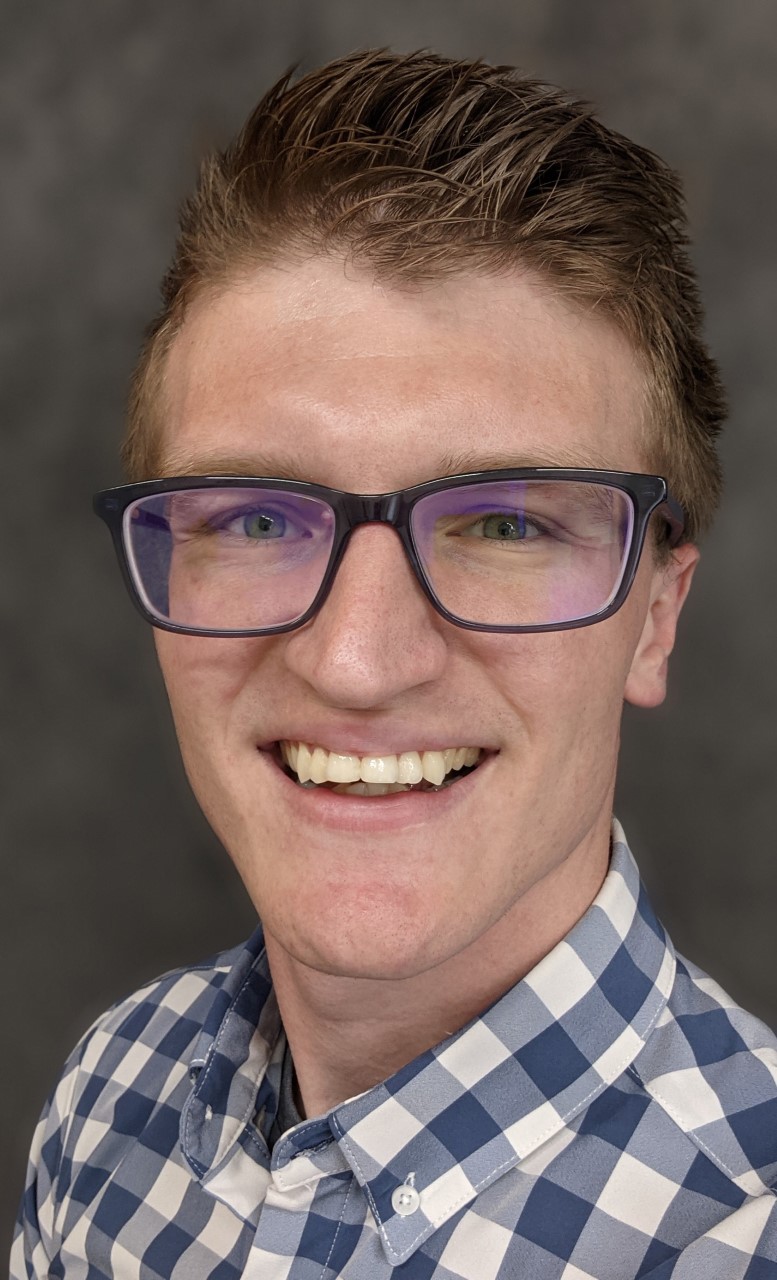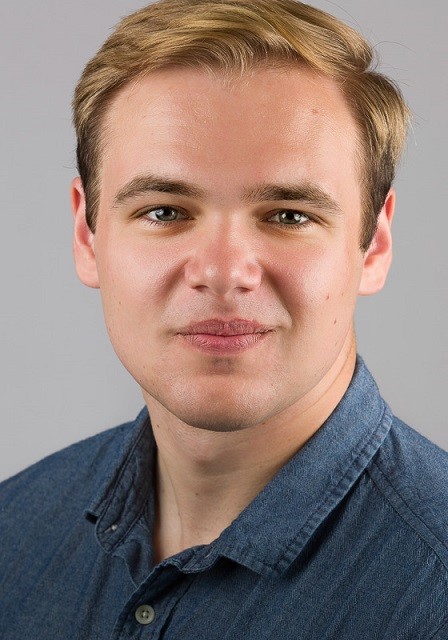Shubham Dubey (BIOL, Noinaj lab)

Shubham is currently a 3rd year Ph.D. candidate in Dr. Nicholas Noinaj’s research group in the Department of Biological Sciences. Before coming to Purdue, she earned her BS degree in Botany Honors from Banaras Hindu University and MS in Biotechnology from Indian Institute of Technology, Roorkee. Her research interests include iron acquisition systems in N. gonorrhoeae and N. meningitidis, which do not secrete iron siderophores (small ion chelators) and instead rely on host proteins to supply their iron needs. Their outer membranes are equipped with two transferrin binding proteins (Tbps); a β-barrel outer membrane protein Tbp A, and a lipoprotein, Tbp B. The Tbp system also very important because of its major role in virulence and and because it provokes a very nice immune response against Neisseria. The human serum protein transferrin (hTf) requires an acidic environment to release iron, but Neisseria Tbp proteins can extract iron at neutral pH. Her thesis project is try and understand the underlying molecular mechanism for ion transport with help from various biophysical techniques including cryo-electron microscopy and X-ray crystallography. Her long-term goals are to predict novel drug binding sites in Neisseria.
Kristen Huseman (MCMP, Yang lab)

Kristen graduated from the University of Findlay with a Bachelor of Science in Biology. She is currently a second year PhD student in Dr. Danzhou Yang’s lab in the Department of Medicinal Chemistry and Molecular Pharmacology. Her research focuses on the nucleolin protein’s interactions with the MYC promoter G-quadruplex (G4) . The MYC protein is overexpressed in up to 80% of cancers, and the G4 formed in the nuclease hypersensitivity element of its promoter (MycG4) is a transcriptional repressor. Preliminary studies indicate that nucleolin binds specifically to and stabilizes the MycG4 to downregulate MYC expression and induce cancer cell death. Kristen plans to use NMR spectroscopy, in addition to other biochemical and biophysical methods, to characterize the nucleolin-MycG4 interactions to understand nucleolin’s function in the MYC gene regulation, as well as targeting the nucleolin-MycG4 complex for anti-cancer drug development.

Kadir Ozcan graduated from James Madison University with a Bachelor of Science in Biotechnology. He is currently a 3rd year Ph.D. candidate in Dr. Wen Jiang’s research group in the Department of Biological Sciences. His research interests focus on studying aggregation of the intrinsically disordered protein Tau which form Tau filaments that are implicated in a variety of neurodegenerative diseases including Alzheimer’s disease. Although these filaments are formed from the same protein Tau, their structures vary from disease to disease. Specifically, he is assessing the effects of chemical cofactors and post-translational modifications on the structural heterogeneity of Tau filaments formed in various neurodegenerative diseases referred to as Tauopathies. He also studies the structures of neurodegenerative amyloid structures isolated from patient brains of a variety of diseases including Alzheimer’s and Parkinson’s Disease amongst others. He uses a variety of biophysical techniques including cryo-electron microscopy, cryo-electron tomography and fluorescent kinetic assays to understand these neurodegenerative amyloid structures. His future research interests are to study the impacts of amyloid structures on the structures of neurons including axonal membranes, organelles, and the cytoskeleton within patient brains utilizing in-situ cryo-electron tomography and cryo-fluorescence microscopy.
Kevin Scrudders (CHEM, Low-Nam lab)

Jacob Verburgt (BIOL, Kihara lab)
